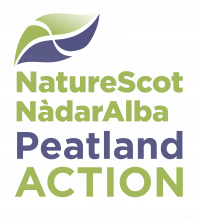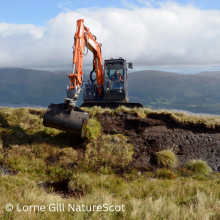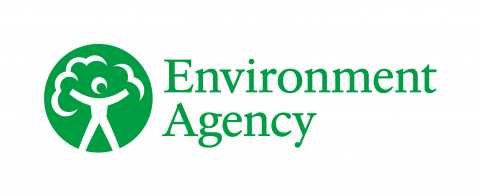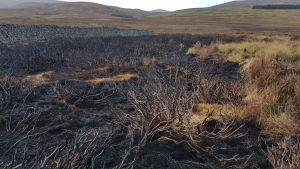 The Peatland ACTION Technical Compendium provides an overview of the procedural and technical requirements for peatland restoration in Scotland, alongside an introduction to the types of restoration interventions that have been applied to date by Peatland ACTION, since its inception in 2012, in applying peatland restoration techniques and assessing their outcomes.
The Peatland ACTION Technical Compendium provides an overview of the procedural and technical requirements for peatland restoration in Scotland, alongside an introduction to the types of restoration interventions that have been applied to date by Peatland ACTION, since its inception in 2012, in applying peatland restoration techniques and assessing their outcomes.
 The compendium identifies ‘families’ of techniques with shared restoration objectives and describes best practices associated with individual technique, conditions of applications, machinery requirement, intended outcomes and practical issues likely to impact on their success.
The compendium identifies ‘families’ of techniques with shared restoration objectives and describes best practices associated with individual technique, conditions of applications, machinery requirement, intended outcomes and practical issues likely to impact on their success.
A brief overview of the basic principles of restoration of peatland hydrology is also provided to help explain the impacts, and aims, of the various restoration techniques on the water table.
The information gathered here comes from the experiences of Peatland ACTION, with the intention that the document will be kept up to date throughout the government ambition to accelerate and transform design and delivery of peatland restoration in Scotland. This version was produced in November 2022.
For further information please contact the Peatland ACTION team at peatlandaction@nature.scot
Conserving Bogs: The Management Handbook is a practical manual of methods and techniques to help people effectively manage and conserve bogs. This new edition has been updated to reflect advances and evolution in both understanding and techniques. The ambition is for this resource to evolve with a clear process set out to submit revisions or additions to the text including where restoration good practice is currently evolving at some pace e.g. forest-to-bog restoration.
“The good news is that not only can intact peatlands be conserved but damaged ones be restored, in the process realising many benefits. In the pages that follow readers can find out about the ways in which it is possible to place peatlands on the road to recovery, reversing the effects of centuries of ignorance as to their true value.” Dr. Tony Juniper CBE, 2019.
Should you wish to recommend any additions to the Conserving Bogs: The Management Handbook please contact info@iucn.org.uk. Additions will be at the discretion of the authors and IUCN UK Peatland Programme.
Joint project to develop Eco-hydrological Guidelines for Blanket Bog
All countries of the UK have ambitious targets for the restoration of degraded peatland. The development of Ecohydrological Guidelines for Blanket Bog and Associated Habitats is seen as an important element of any strategy that aims to restore degraded ombrogenous mires (those formed under the exclusive influence of precipitation), which are particularly widespread in upland areas in the UK.
Based on ‘Wetland Framework’ for lowland mires (Wheeler, Shaw and Tanner 2009), the project aims to determine the availability of, and then to collate, ecological and hydro-geological data sources for individual mire sites so that they can be used for a ‘bottom-up’ analysis. This would provide the foundation for a robust upland mire habitat classification, to provide a holistic understanding of the habitat requirements of upland mire vegetation types, and to provide a basis for assessing the likely outcomes of conservation actions.
This is an on-going project which was initiated by the UK Technical Advisory Group Wetland Task team and is being led by the Environment Agency, in partnership with Scottish Environmental Protection Agency, Natural Resources Wales, Natural England, DAERA-Northern Ireland, and NatureScot.
 Two phases have been completed so far:
Two phases have been completed so far:
- Phase 1: a desk-based scoping study to review information that could be used to characterise the water supply mechanisms of a range of blanket mires, and to understand how these relate to the different vegetation types found in blanket mire landscapes.
- Phase 2: a pilot study of a limited range of contrasting regions in England and Wales where ‘blanket bog’ is extensive (the Roman Wall Country of Northumberland and Cumbria, Forest of Bowland, Southern Pennines, and locations in central and northern Wales) using the Wetland Framework approach to characterise the range of habitats and topographical conditions associated with the vegetation types and peat surfaces found in blanket mire landscapes.
Based on the outcomes of this initial work, the next phase is to apply the same approach to gather ecohydrological information from other regions of the UK to develop a set of eco-hydrological guidelines which can be applied to all areas of the UK. It will be particularly important to include representative examples of blanket mire landscapes from all UK regions in future phases of the project.
For further information please contact the EA Peatland Team at: Emma.Taylor@environment-agency.gov.uk











